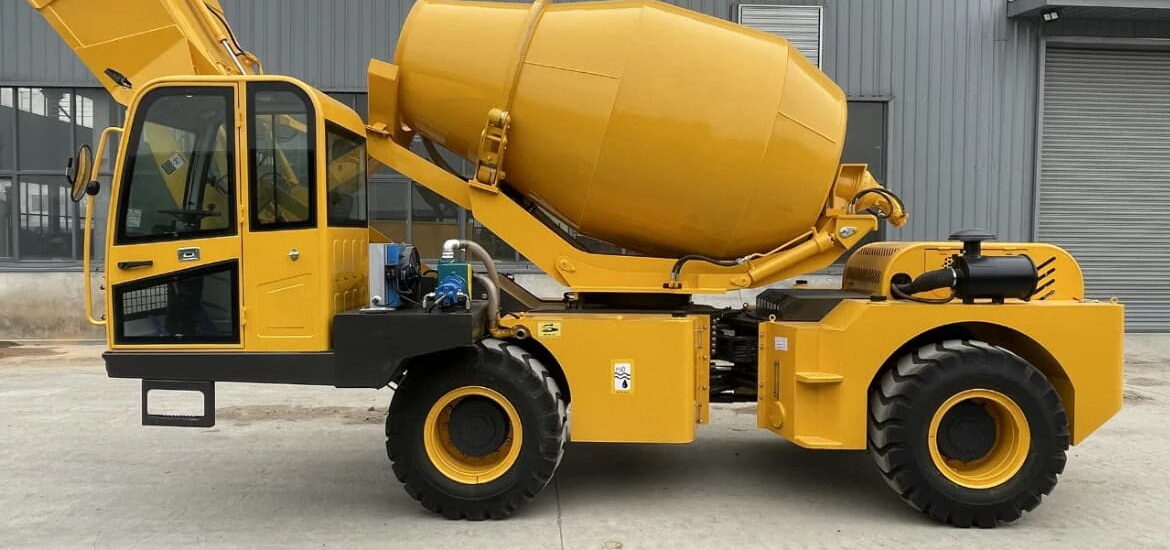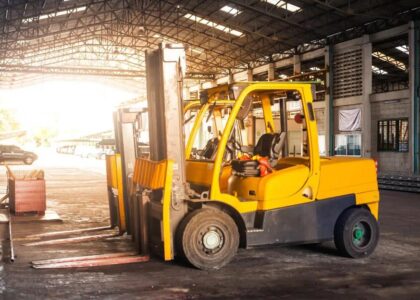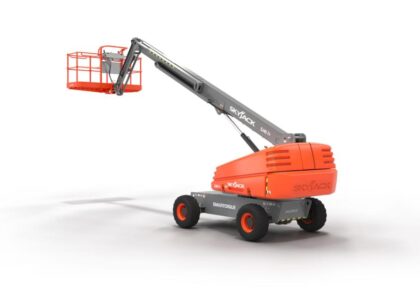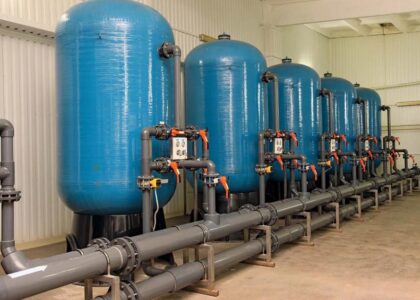The efficiency and quality of concrete mixing play a pivotal role in the success of a project. Gone are the days when mixing concrete was labor-intensive, requiring manual effort and time.
Thanks to advancements in technology, the concrete mixing process has seen significant improvements, particularly with the introduction of modern cement mixers. These innovations save time and ensure a consistent mix.
The Evolution of Cement Mixers
The journey from manual mixing methods to the highly sophisticated cement mixers of today marks a significant evolution in the construction industry. This transformation has not only streamlined the concrete mixing process but also enhanced the quality and efficiency of construction projects worldwide.
-
From Manual to Automated
Initially, the process of mixing concrete was manual, involving physical labor to combine water, cement, and aggregate. This method was time-consuming and prone to inconsistencies in the mix.
However, the advent of the mixers revolutionized this process. Today’s mixers are sophisticated machines that automate the entire process, from measuring the ingredients to mixing and even transporting the concrete.
-
Enhanced Precision and Consistency
One of the most significant benefits of modern mixers is their ability to produce a uniform mix. Consistency is key in construction, as it directly impacts the strength and durability of the concrete.
Advanced sensors and control systems in these mixers ensure precise measurements of each component, leading to a perfect blend every time.
Innovative Features of Modern Mixers
Modern mixers are no longer just about mixing concrete. They come packed with innovative features designed to meet the diverse needs of today’s construction sites.
-
Variable Speed Control
Modern mixers come equipped with variable speed control, allowing operators to adjust the mixing speed according to the requirements of the mix. This flexibility ensures that whether the project calls for a slow, thorough mix or a quicker blend, the mixer can accommodate.
-
Portability and Versatility
Today’s mixers are designed with portability in mind. Compact models are available for smaller projects or tight spaces, making transporting and setting up the equipment easier than ever. Moreover, these mixers are versatile and capable of handling various concrete mixes, including mortar, stucco, and more.
-
Reduced Labor and Increased Safety
By automating the mixing process, modern mixers significantly reduce the need for manual labor, freeing up workers for other tasks and increasing overall productivity. Additionally, these machines come with safety features such as emergency stop buttons and guards, reducing the risk of accidents on the job site.
The Impact of Technology on Sustainability
The integration of technology in mixers goes beyond improving efficiency and productivity; it also plays a vital role in promoting sustainability. By optimizing material usage and reducing energy consumption, modern cement mixers contribute to more eco-friendly construction practices.
-
Efficient Use of Materials
With precise measurement and mixing capabilities, these mixers reduce waste, ensuring that only the necessary amount of materials is used. This efficiency is not only cost-effective but also environmentally friendly, minimizing the carbon footprint of construction projects.
-
Energy-Efficient Operations
The latest models of mixers are designed with energy efficiency in mind. Efficient motors and optimized mixing techniques require less power, contributing to lower energy consumption and reduced emissions.
Conclusion
The concrete mixing process has come a long way from its humble beginnings, thanks to advanced cement mixers. These innovations enhance efficiency and consistency and pave the way for more sustainable construction practices.






